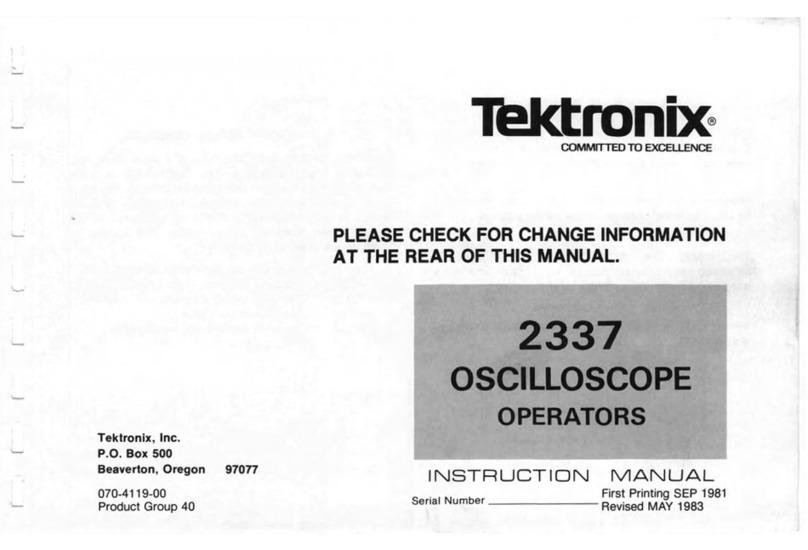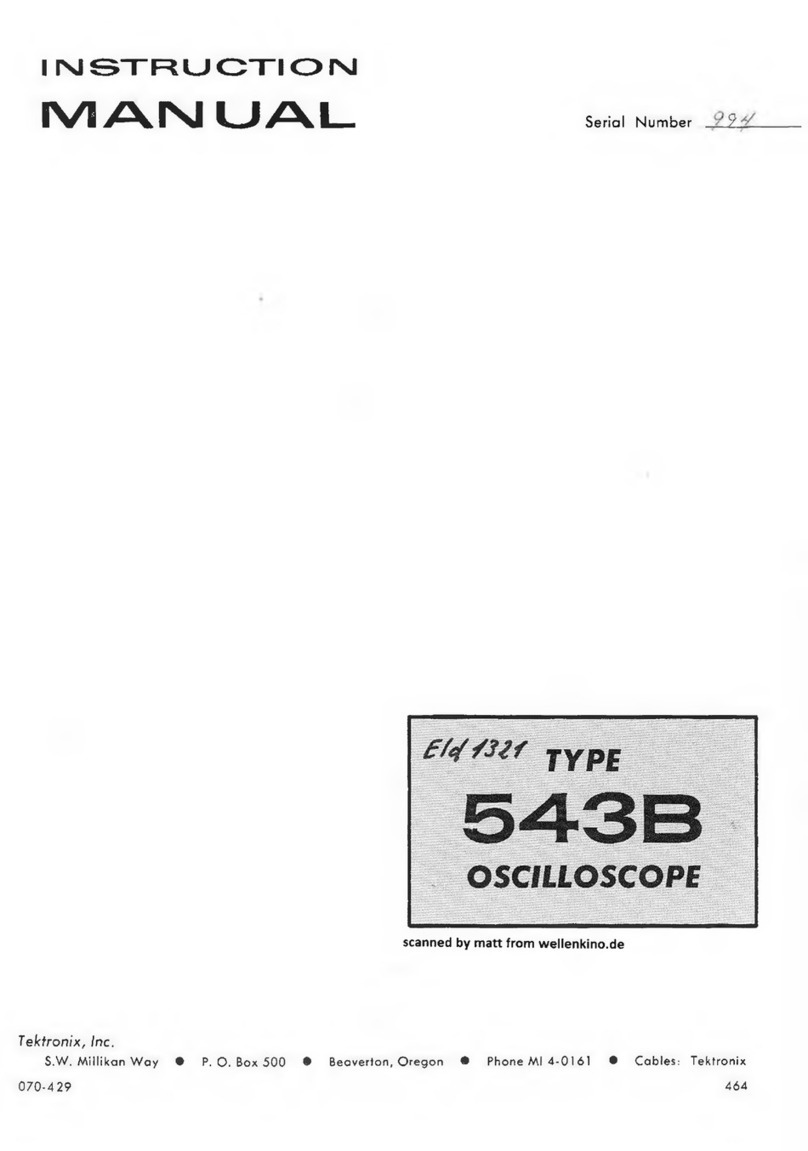Tektronix 7B85 User manual
Other Tektronix Test Equipment manuals
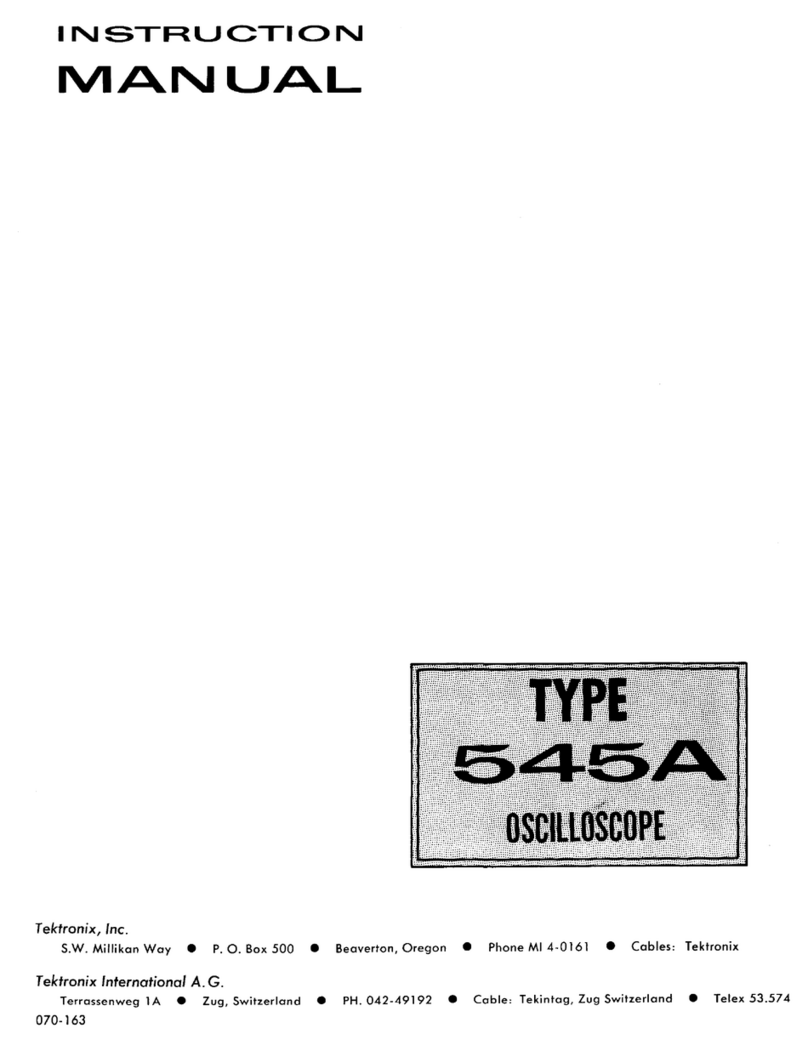
Tektronix
Tektronix 545A User manual
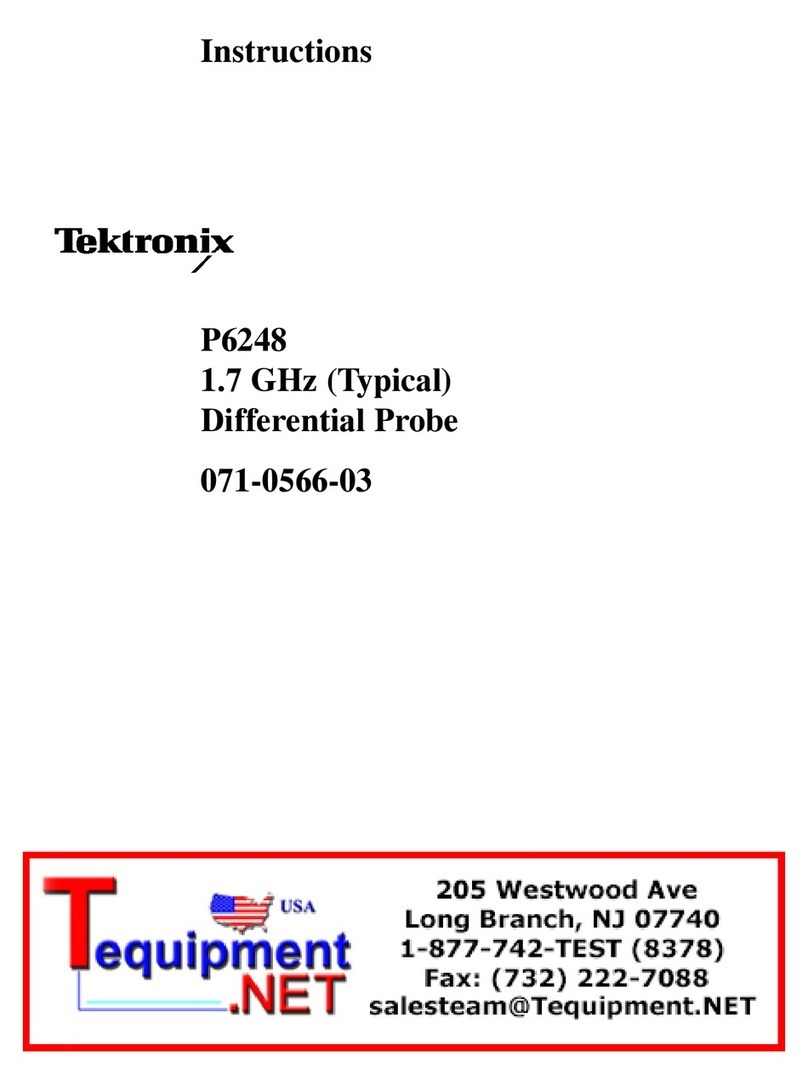
Tektronix
Tektronix P6248 User manual
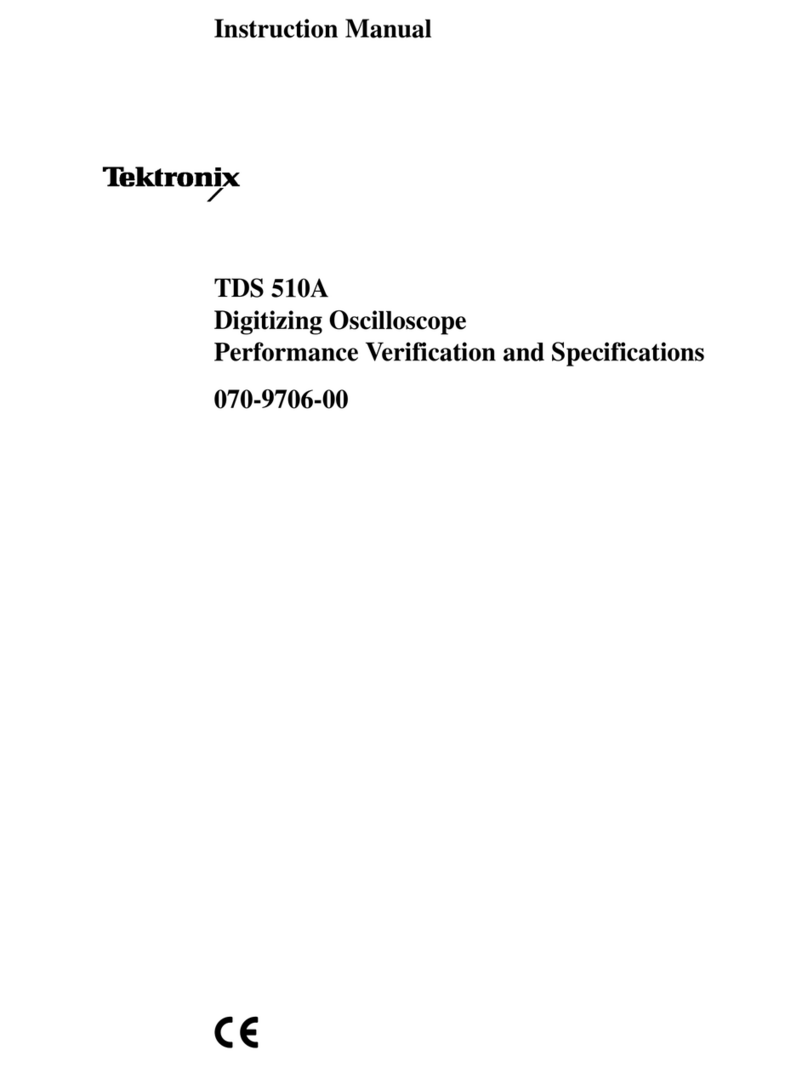
Tektronix
Tektronix TDS 510A User manual

Tektronix
Tektronix 442 User manual
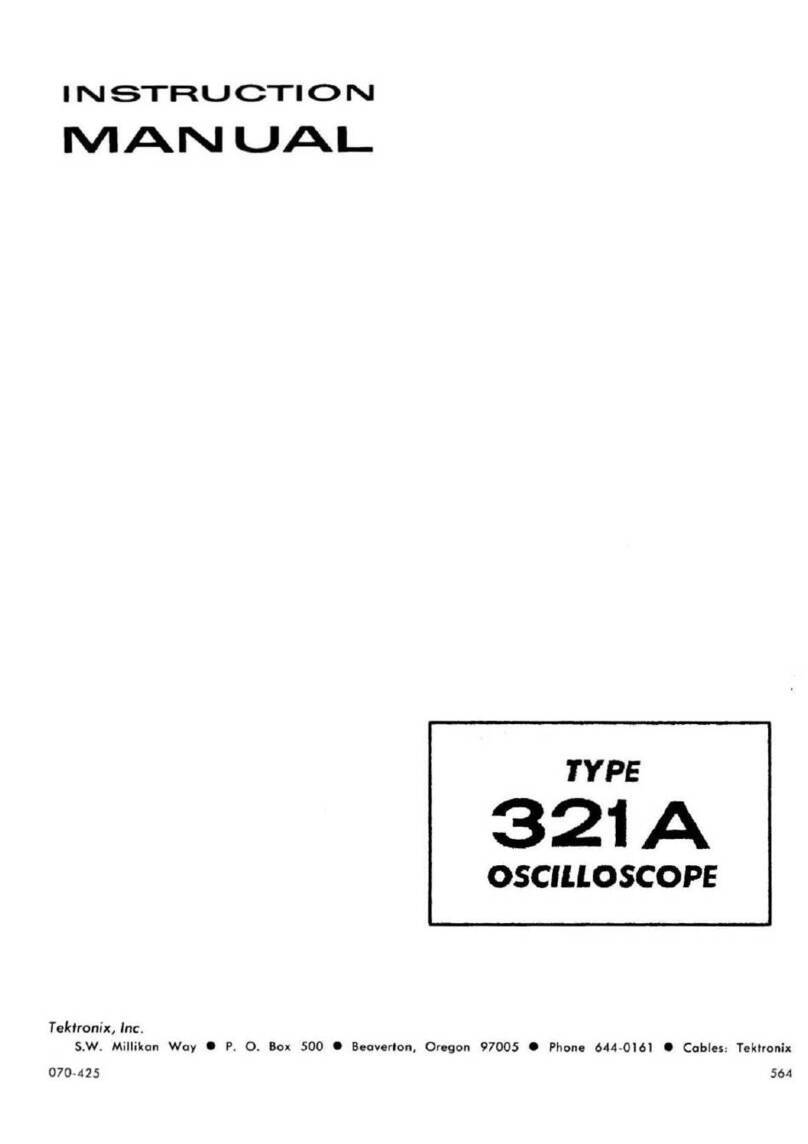
Tektronix
Tektronix 321 A User manual
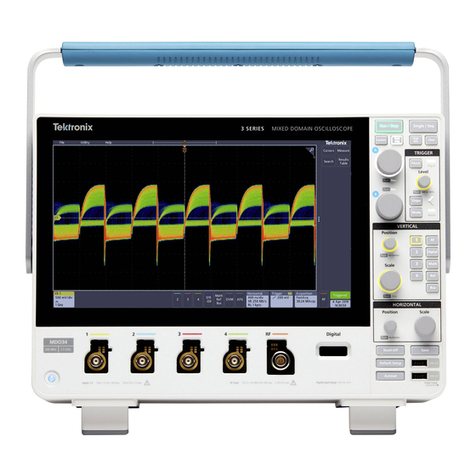
Tektronix
Tektronix 3 Series Reference guide
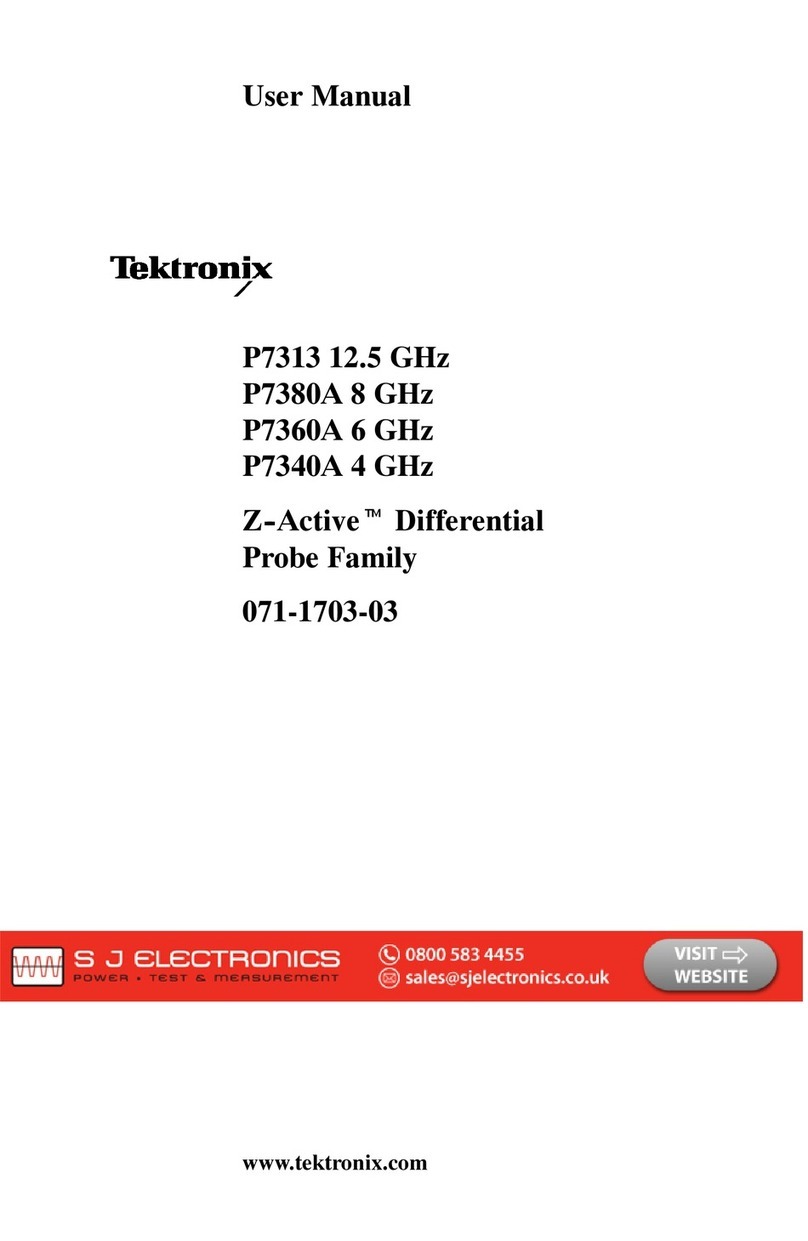
Tektronix
Tektronix P7313 User manual
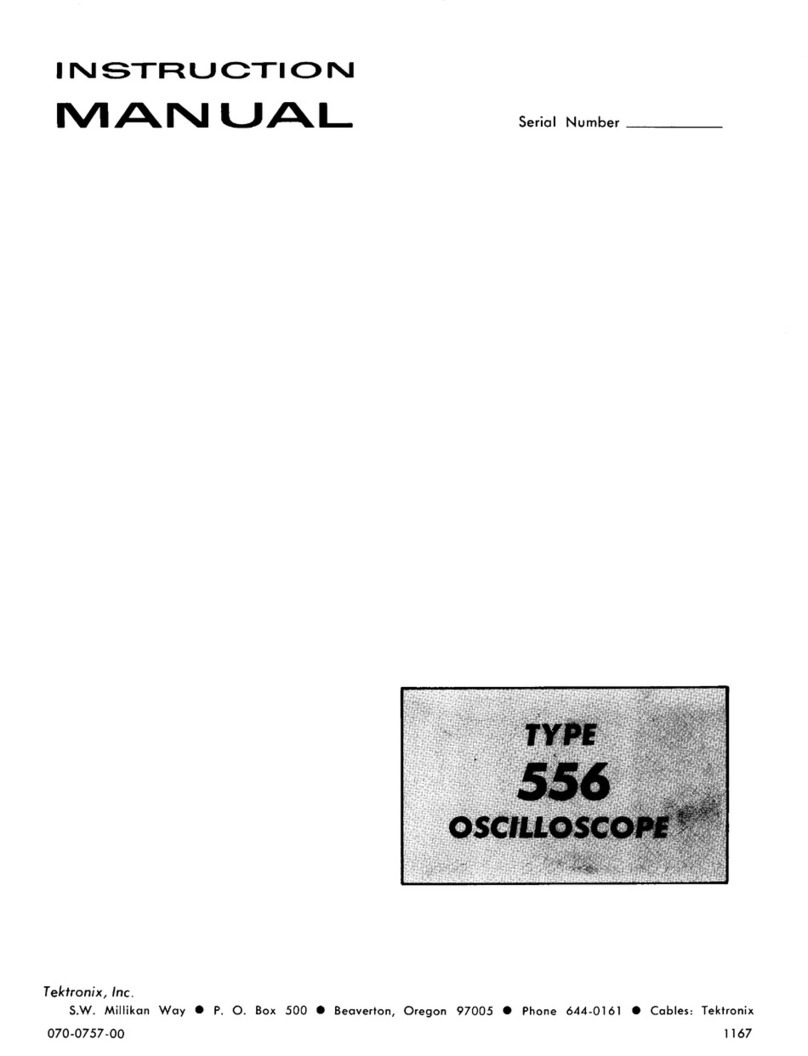
Tektronix
Tektronix 556 User manual
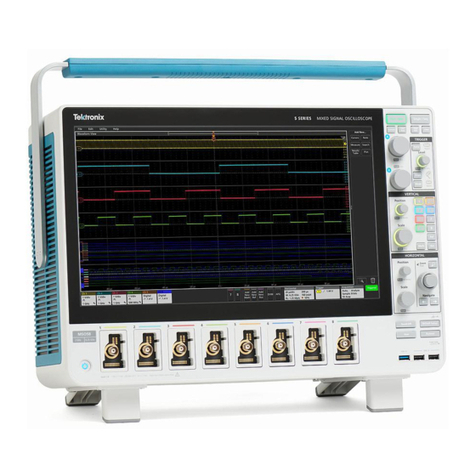
Tektronix
Tektronix 5 Series Installation and maintenance instructions
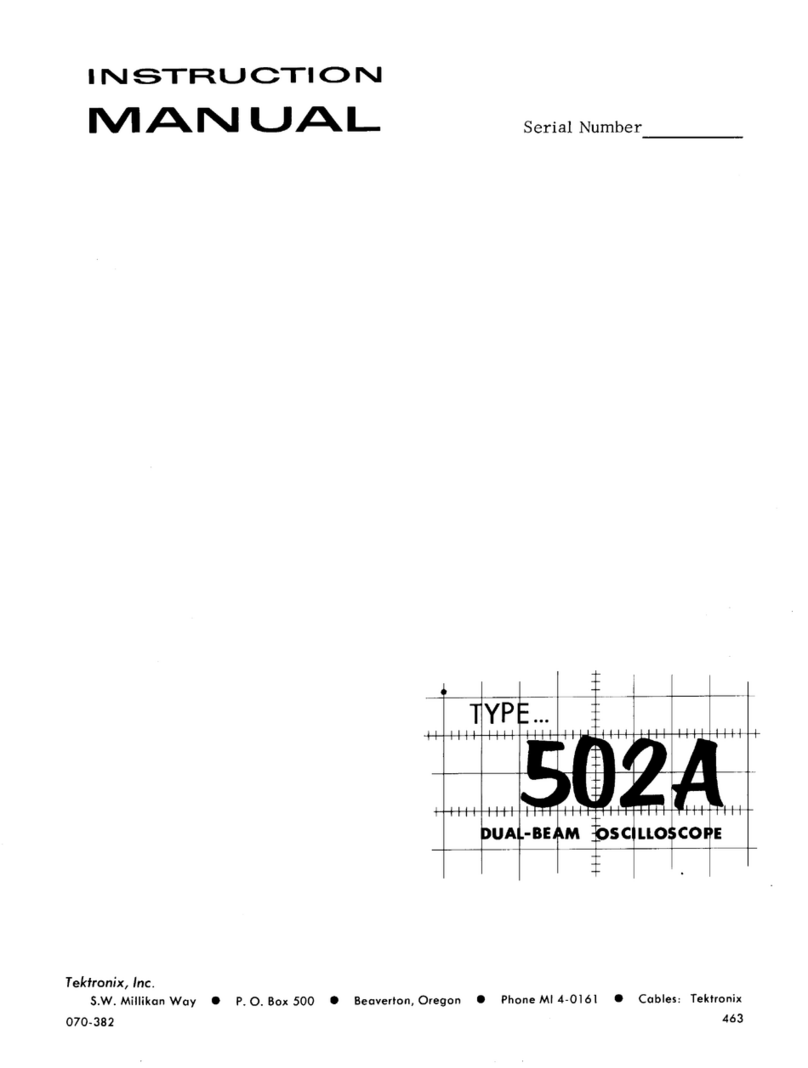
Tektronix
Tektronix 502A User manual
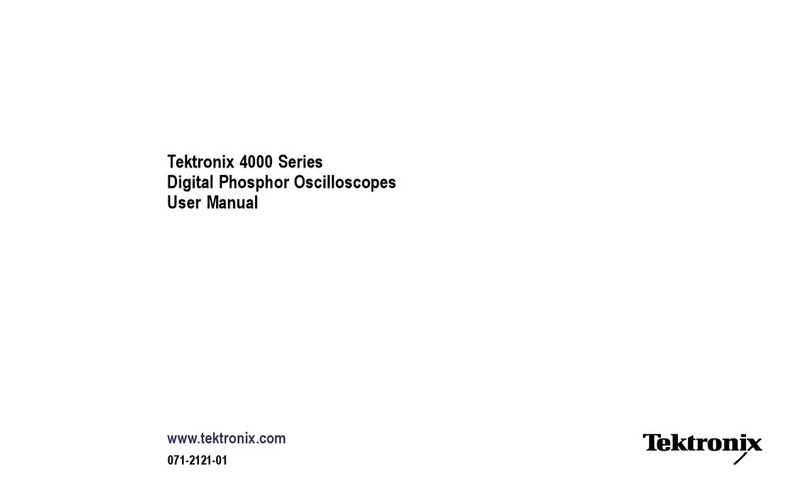
Tektronix
Tektronix 4000 Series User manual
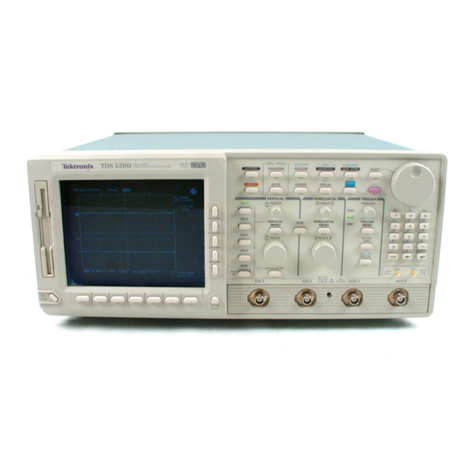
Tektronix
Tektronix TDS 700D Use and care manual
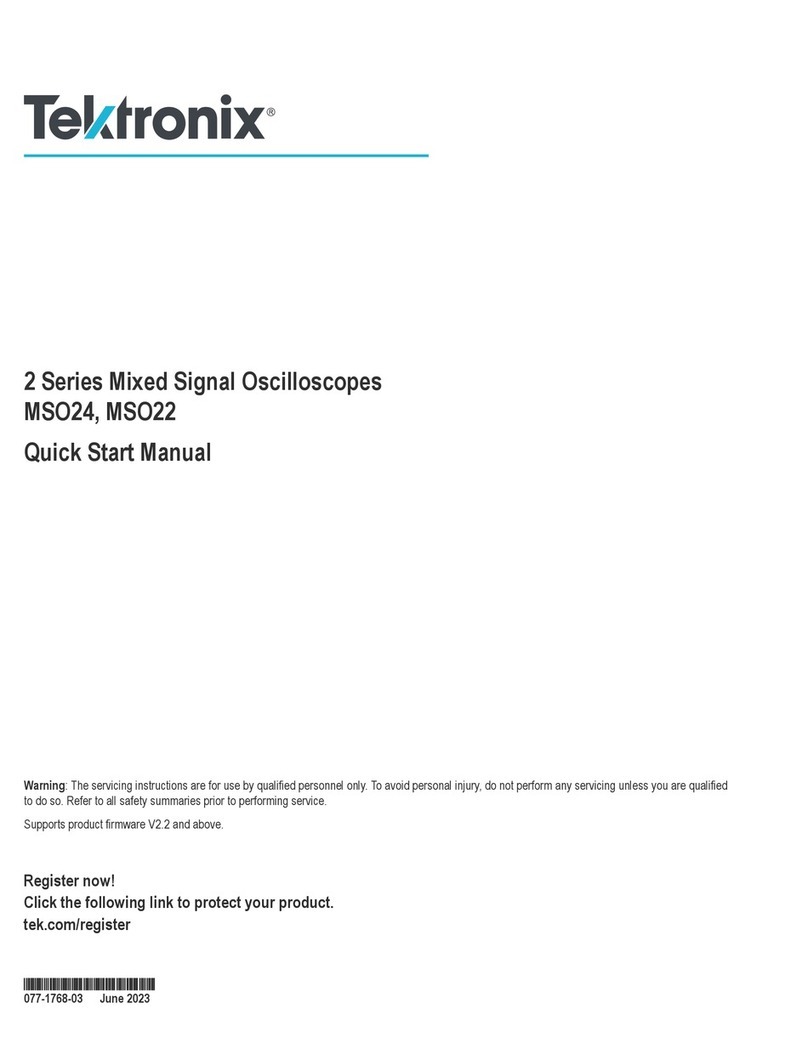
Tektronix
Tektronix MSO24 Instruction manual

Tektronix
Tektronix DPO70000SX Series User manual
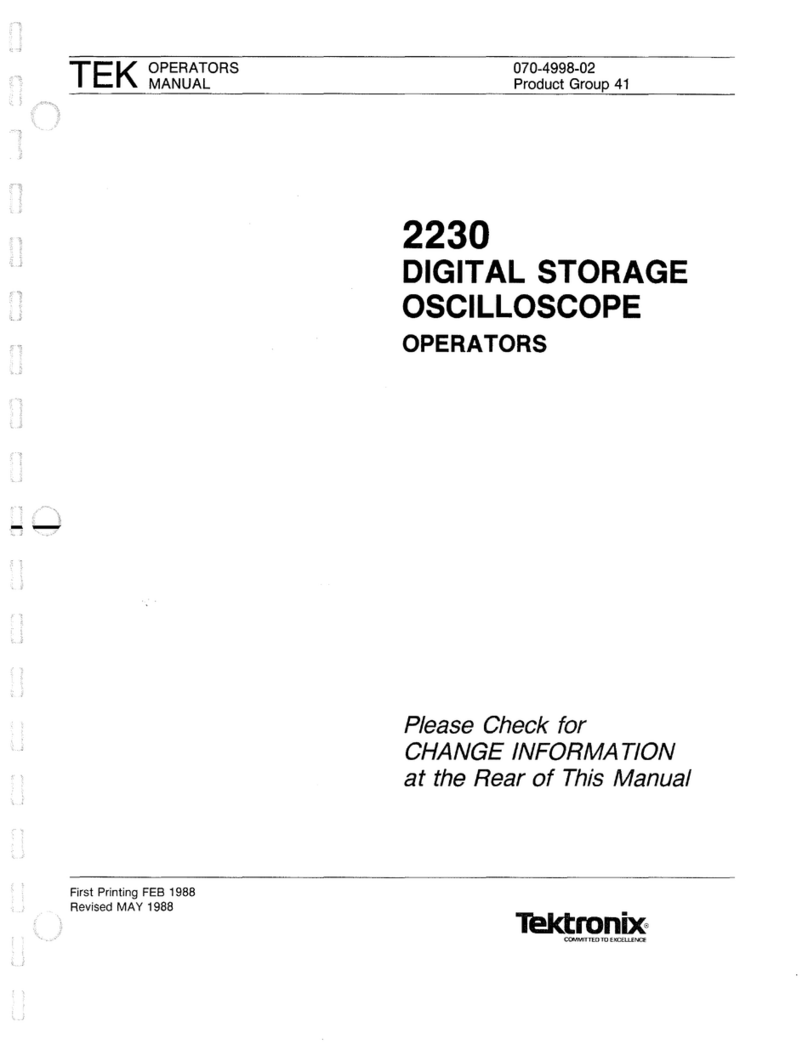
Tektronix
Tektronix 2230 User manual
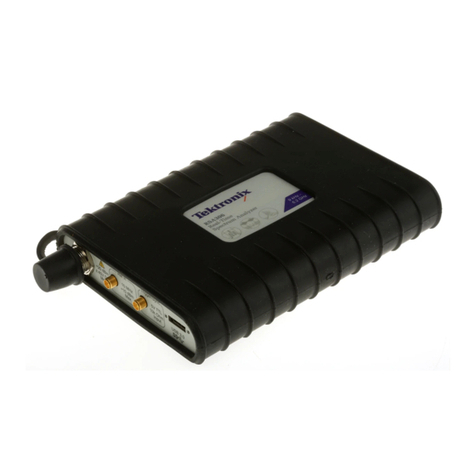
Tektronix
Tektronix RSA300 Series User manual

Tektronix
Tektronix TDS 694C User manual
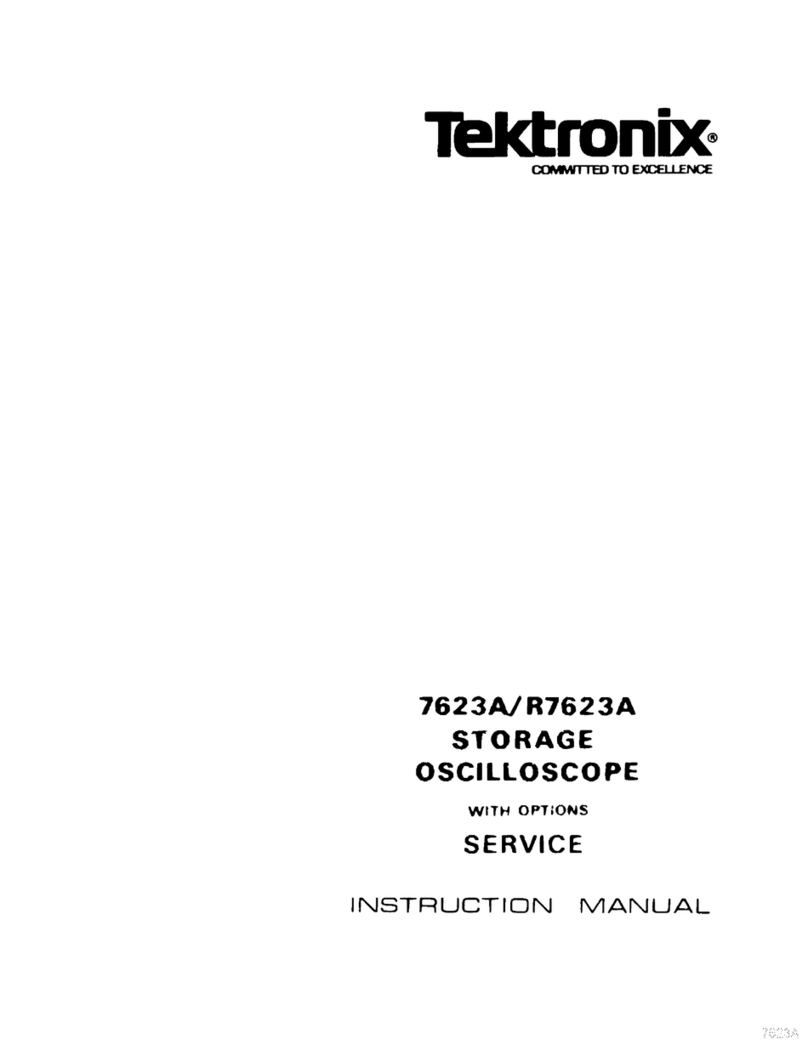
Tektronix
Tektronix 7623A User manual
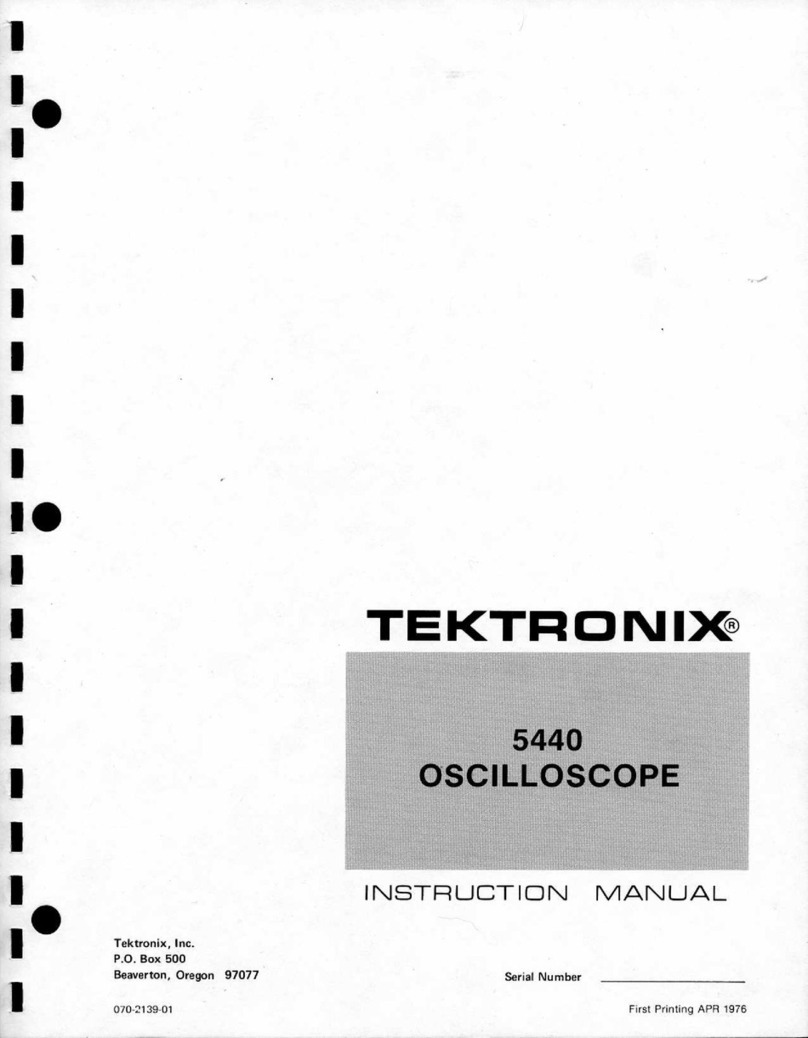
Tektronix
Tektronix 5440 User manual
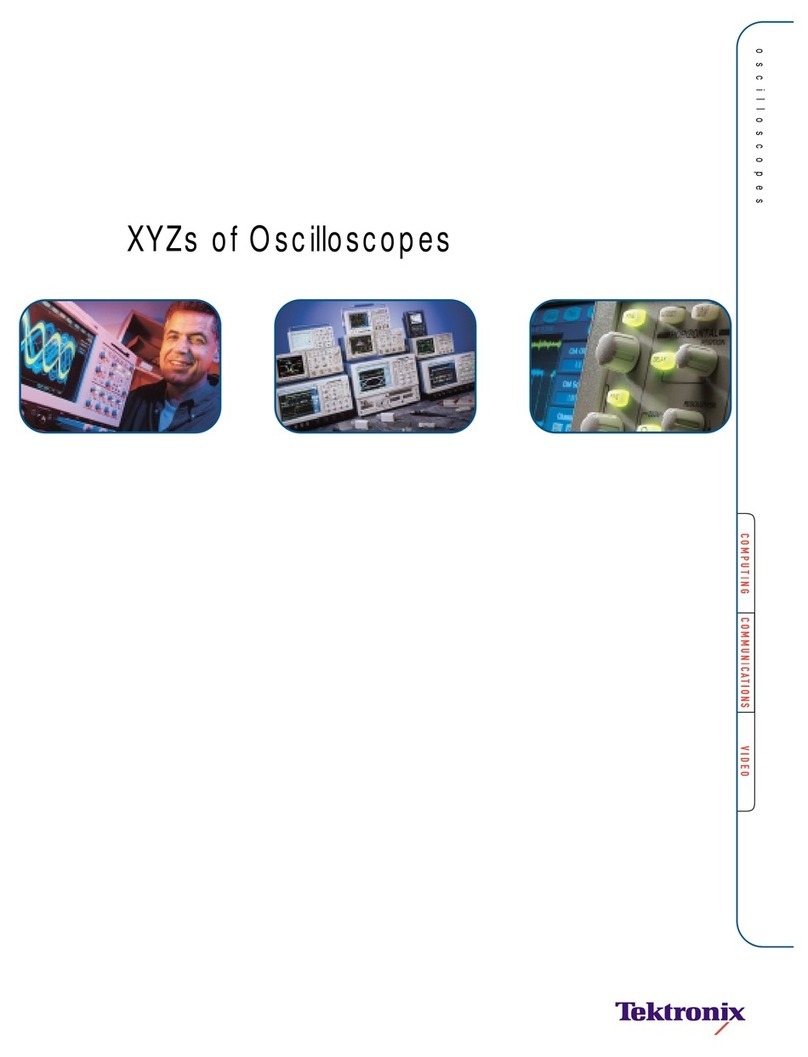
Tektronix
Tektronix XYZs User manual
Popular Test Equipment manuals by other brands

Redtech
Redtech TRAILERteck T05 user manual

Venmar
Venmar AVS Constructo 1.0 HRV user guide

Test Instrument Solutions
Test Instrument Solutions SafetyPAT operating manual

Hanna Instruments
Hanna Instruments HI 38078 instruction manual

Kistler
Kistler 5495C Series instruction manual

Waygate Technologies
Waygate Technologies DM5E Basic quick start guide

StoneL
StoneL DeviceNet CK464002A manual

Seica
Seica RAPID 220 Site preparation guide

Kingfisher
Kingfisher KI7400 Series Training manual

Kurth Electronic
Kurth Electronic CCTS-03 operating manual

SMART
SMART KANAAD SBT XTREME 3G Series user manual

Agilent Technologies
Agilent Technologies BERT Serial Getting started
